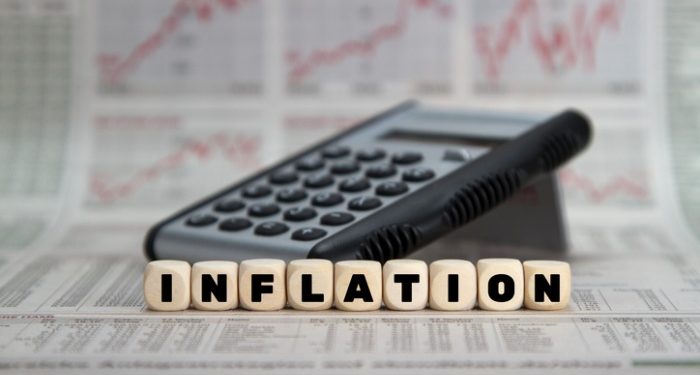UK CPI nearly met the Bank of England’s target of 2 per cent for the first time in almost three years, reaching 2.3 per cent in April.
LCP partner Steve Hodder says: “Continued falls in headline CPI offer a welcome return towards stability for the UK’s DB pension schemes.
“The financial health of most schemes is reasonably immune to the level of inflation because of the way schemes typically invest. But stability is always a good thing and will help with planning after a period of considerable volatility and uncertainty.
“However, we’re not out of the woods just yet. Many analysts were expecting a larger fall, and the details behind the figures reveal that once you strip out the impact of the falling energy price cap, core inflation (in particular services) remains stubbornly high at 2-3x the BoE’s target.”
Hymans Robertson head of Capital Markets Chris Arcari says: “Headline inflation fell to 2.3 per cent year-on-year in April, from 3.2 per cent in April, but by less than expected (the BoE and economists had expected inflation to fall to 2.1 per cent).
“We still expect headline inflation to fall close to, or even below, target in the coming months, as energy prices and goods and food price disinflation weigh on the year-on-year comparison. However, we expect the Bank of England to pay close attention core and service-sector inflation, as a better guide to underlying inflation pressures.
“Year-on-year core and service sector inflation also fell less than expected in April, to 3.9 per cent and 5.9 per cent year-on-year, respectively, from 4.2 per cent and 6.0 per cent. Elevated core and service-sector inflation raise uncertainty about when inflation will return to target on a sustainable basis. After this morning’s release, markets reduced the probability of a June rate cut from 50 per cent to 15 per cent and expect between 1 and 2 rate 0.25 per cent pa rate cuts.
“That pricing does not feel unreasonable given the Bank of England sets policy on where they think key measures of inflation are going, rather than where they are, currently, but the risks remain that the Bank cuts less, rather than more, than the market expects.”
Standard Life managing director for retail direct Dean Butler says: “Inflation falling to 2.3 per cent is a significant milestone for the UK economy – it was last below the Bank of England’s 2 per cent target in April 2021. Slowing price rises will come as great relief to people across the country, particularly if interest rate cuts follow in the summer.
“While some forecasters suggest that we could see an inflation ‘bounce back’ later this year and at the start of 2025, there will undoubtedly now be significant speculation that rate cuts will come sooner rather than later.
“Interest cuts are good news for borrowers, but savers could start to see lesser returns. If the Bank does decide to move in June or August, this spring could be the last chance to pick up easy-access savings deals hovering just below 5 per cent.
“People are famously loyal to their bank, but securing the best possible savings rate really can make a difference over a couple of years – our analysis found that with inflation at 2 per cent, someone with £10,000 who grabbed a 5 per cent interest deal could see their savings worth £10,588 in real terms after two years. However, someone with the same amount to save who missed the best offers and picked up a 3 per cent deal would have £400 less after two years (£10,189).
“For those with a greater appetite for risk, investing offers a greater chance of substantial returns, but there’s always the chance of losing money too. People able to take a long-term view could consider saving into a pension, which offers both the benefits of investing and tax efficiency.”
Fidelity International investment director for personal investing Tom Stevenson says: “Inflation is nearly back on track. A remarkable round trip to 11.1 per cent and back again is now almost complete, with prices rising at 2.3 per cent in April, close to the Bank of England’s 2 per cent target.
“As expected, the main reason for the rapid drop in inflation from the previous month’s 3.2 per cent was falling energy costs on the back of Ofgem’s 12 per cent reduction in the household bills cap. The 27.1 per cent fall in gas, electricity and other fuel prices was the largest on record.
“That’s good news because it means the only reason for interest rates to remain at today’s restrictive level of 5.25 per cent would be if the Bank fears that persistent wage inflation will push inflation back up again later in the year. That is not economists’ central case. The Office for Budget Responsibility expects inflation to remain at or below target for the next three years.
“For savers who have enjoyed ‘real’ inflation-adjusted returns on their cash for several months the good times may be time limited. The income on Fidelity’s Cash Fund is currently 5.21 per cent but if rates fall so too will the return on money market funds.”
The post Industry reaction: Inflation falls 2.3pc appeared first on Corporate Adviser.



